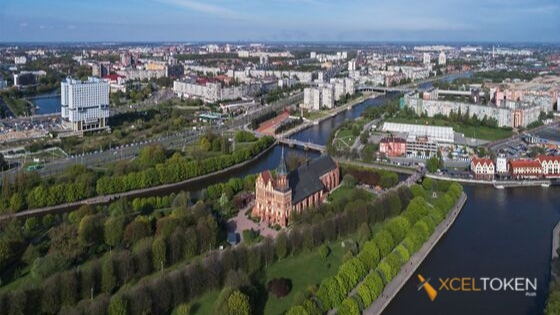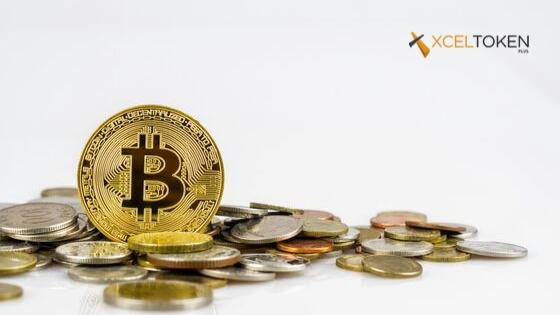XcelToken Plus Now on CoinMarketCap

XcelToken Plus with the ticker name XLAB is the upgraded version of XcelToken , which is an ERC20 token on the Ethereum Blockchain Platform, that is painstakingly crafted with the purpose of building, engaging and fostering a large crypto-community within the hospitality, retail and gaming sectors. XcelToken Plus is now listed on CoinMarketCap , a platform that allows you to buy and tracks most of the alternative coins that has hit the market as well as Bitcoins and shows users the current value in dollars and Bitcoins for each coin. Note- The value of the token in the above picture is from the 30 th of September, 2019 at 12:30PM IST. The value will fluctuate based on demand and trading volumes. On CoinMarketCap you will now be able to trace the prices from whence XcelToken Plus (XLAB) was listed, with values shown in both United States Dollar (USD) and Bitcoin. XcelToken Plus is a one of a kind utility token, aside from its tradability, is now ...









